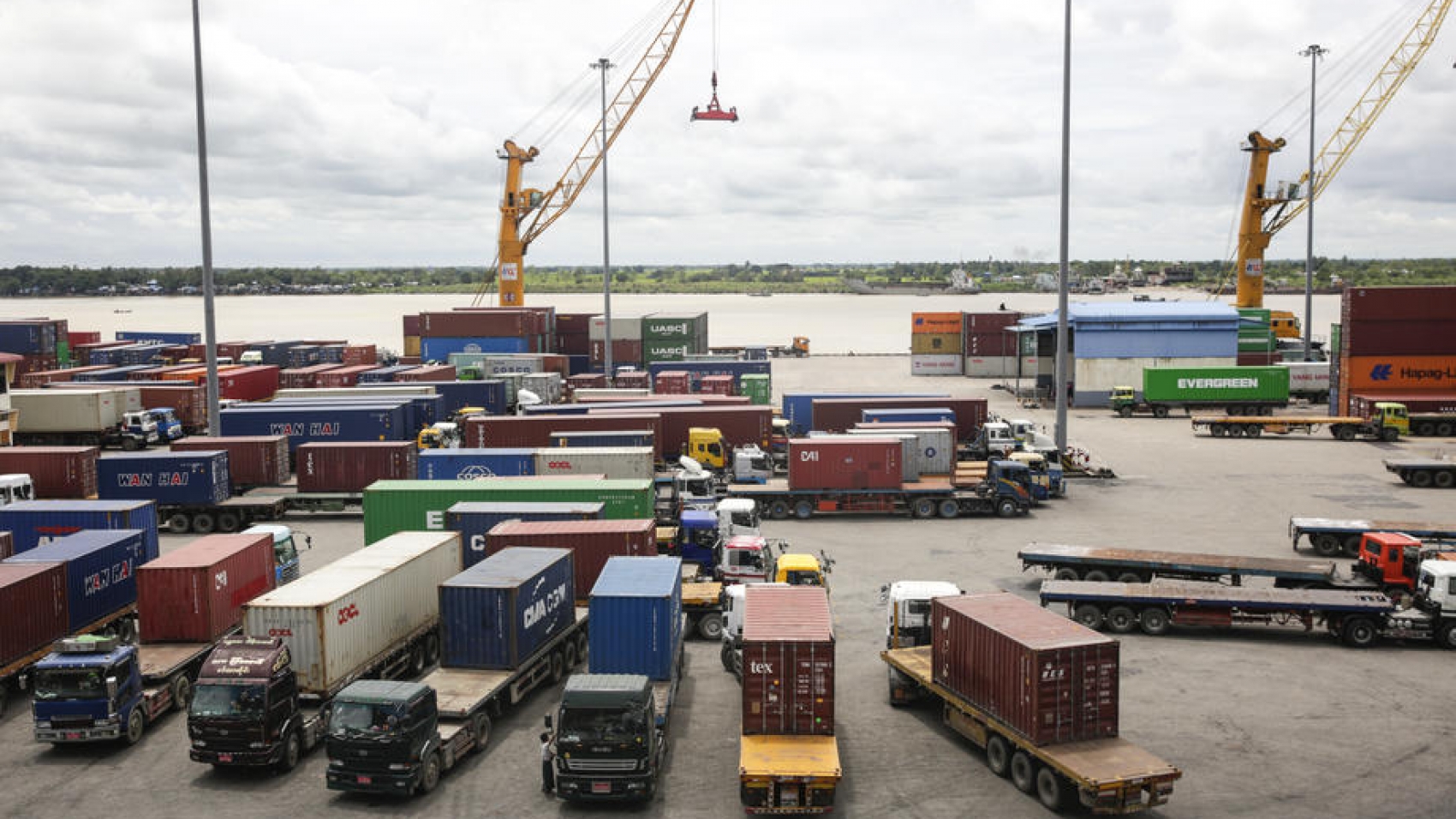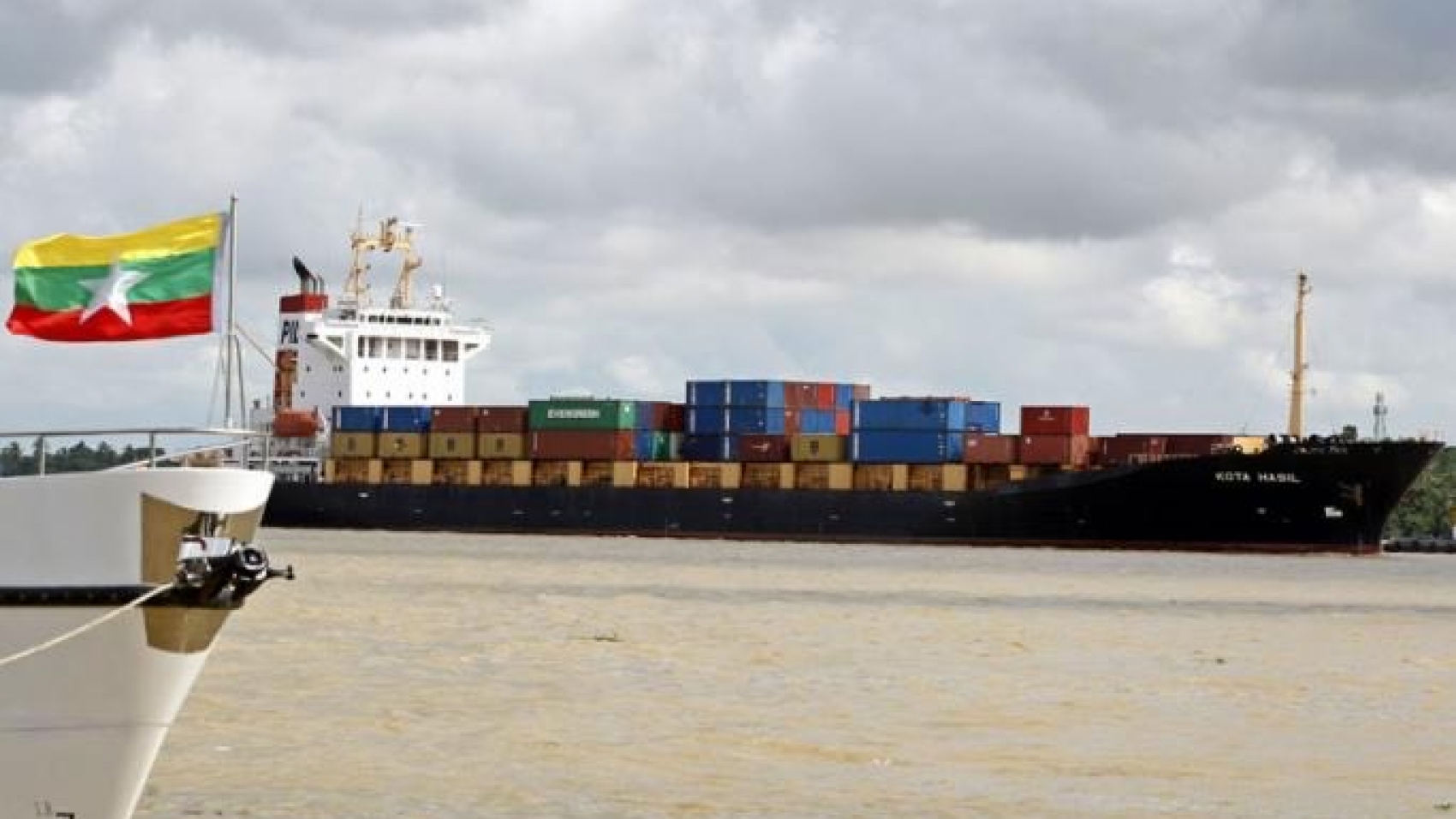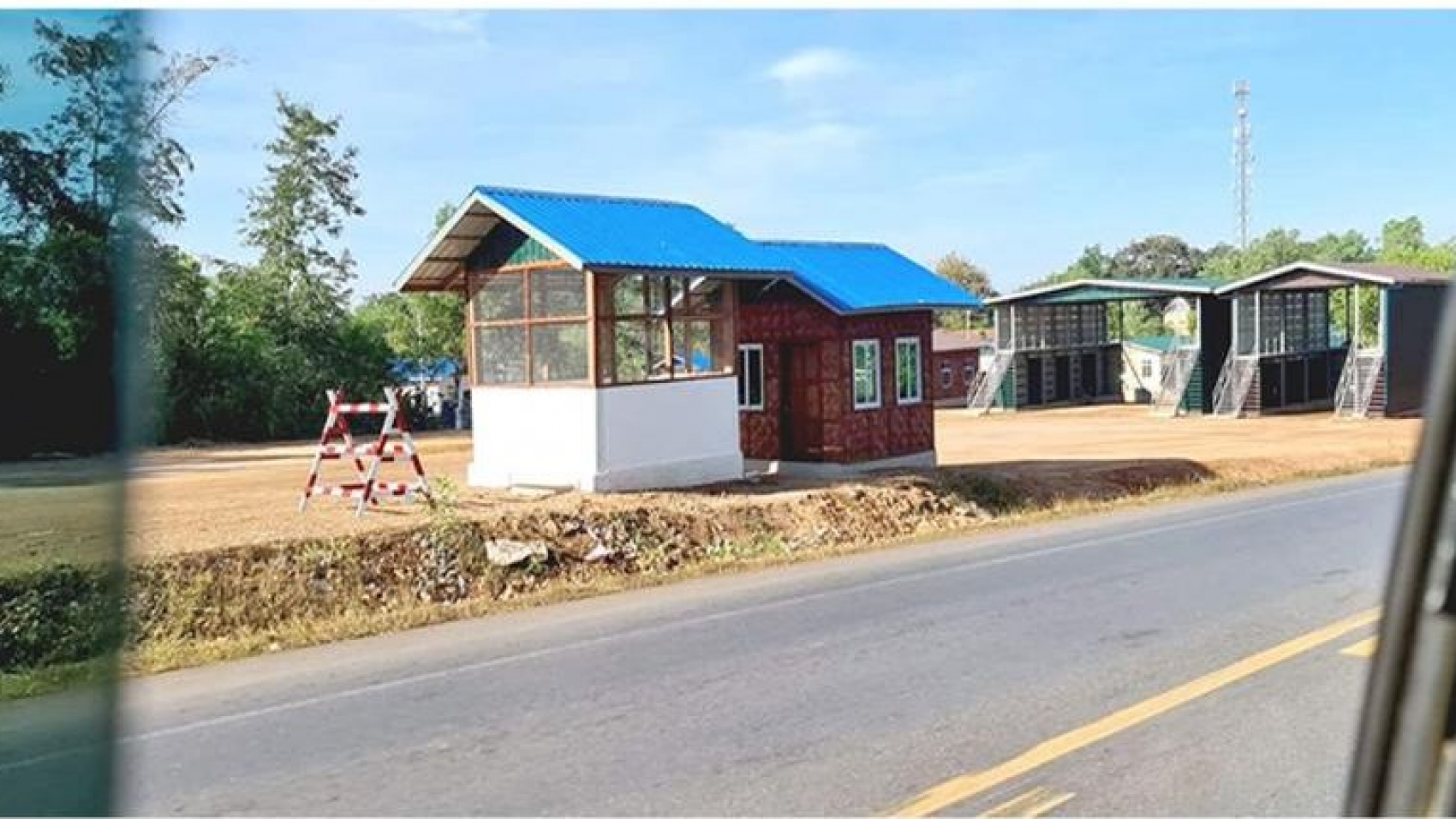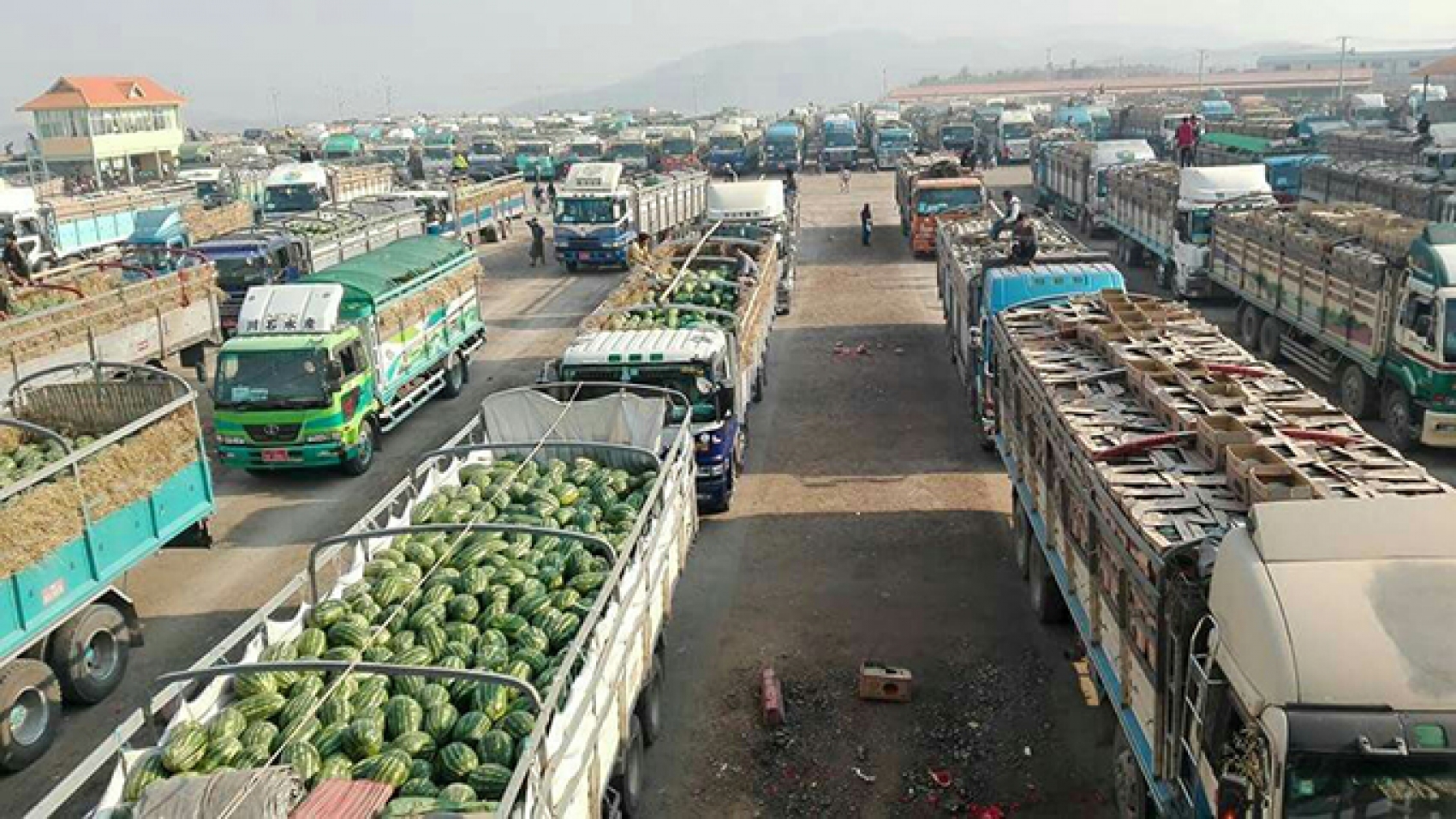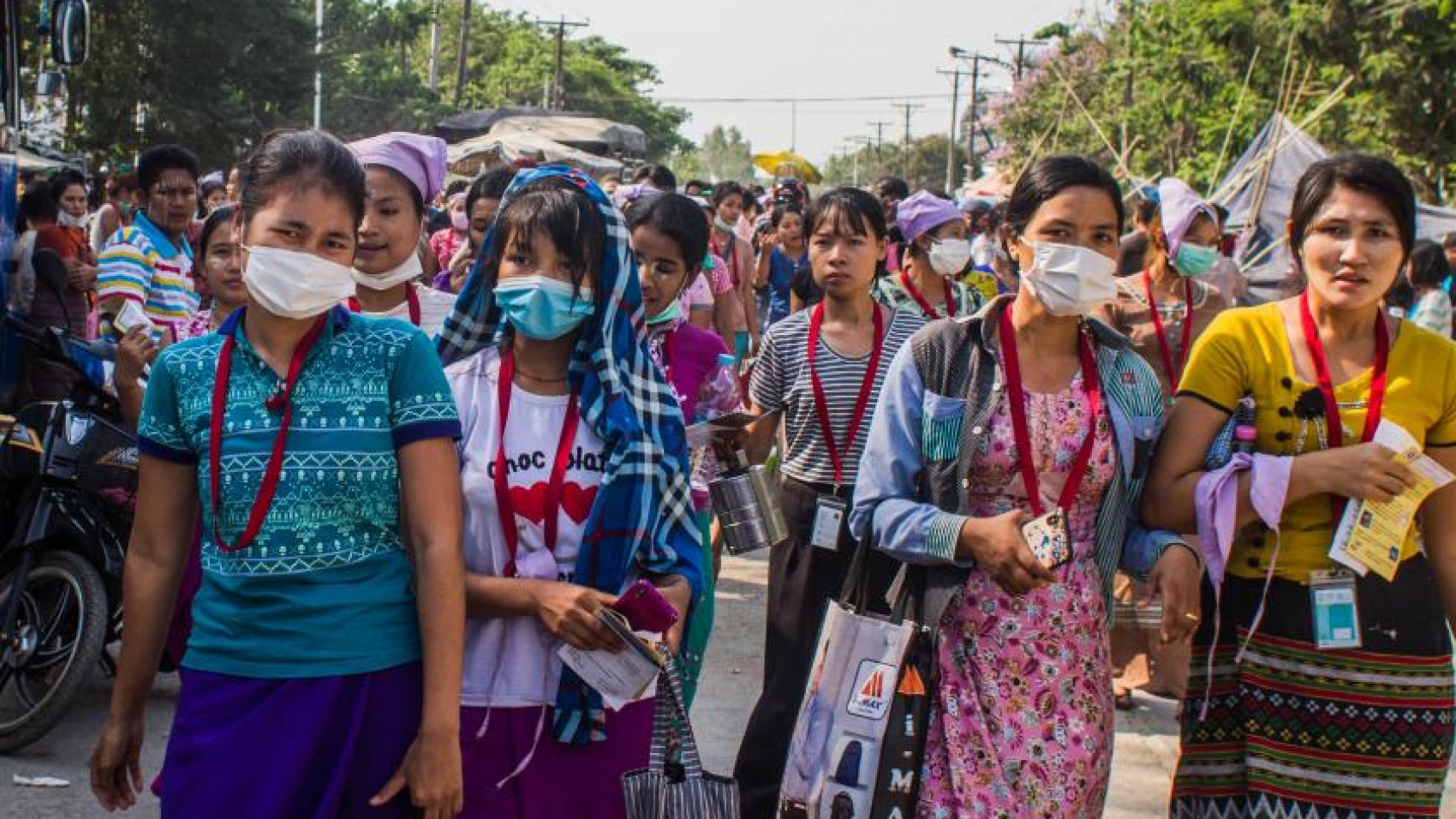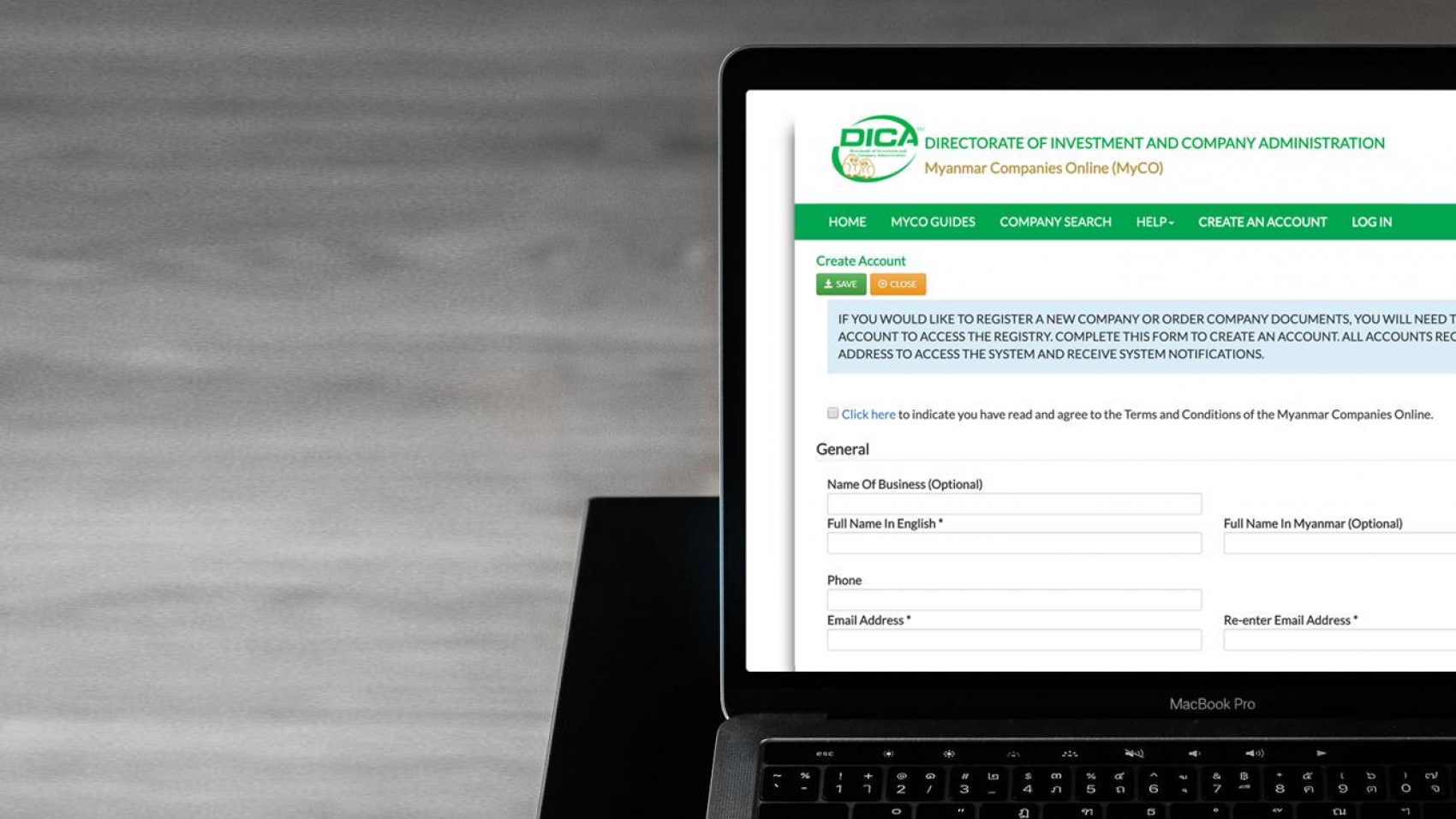The Consumer Affairs Department under the Ministry of Commerce stated that fuel oil valued at US$20 million will be sold at the subsidized price in the third batch. The fuel importers directly spent $20 million at the reference rate of the Central Bank of Myanmar (CBM) to distribute 30 million tonnes of fuel oil. So far, over 26 million tonnes of fuel oil have been sold. Over 11 million litres of 92 Ron, over four million litres of diesel and 10 million litres of premium diesel have been sold.
At present, the oil is distributed through 136 filling stations in Yangon, Mandalay, Nay Pyi Taw, Ayeyawady, Magway, Bago and Sagaing regions, Mon, Shan, Rakhine and Kachin states. The consumers can complain about overcharging for fuel oil which is sold at the subsidized rate under a public distribution system, the Ministry of Commerce stated. If any overcharging is found, the consumers can complain about it through the contact numbers (09664075683, 09664596327, 09687635943, 09676320826) of the Central Committee on Ensuring the Smooth Flow of Trade and Goods (01 250270) of the Yangon Region Consumer Affairs Department and (09421006794) of the Myanmar Petroleum Trade Association.
In the first batch, $20 million worth of fuel oil were sold, while $13.4 million valued oil was distributed in the second batch. The Ministry of Commerce has purchased $53.4 million worth of fuel at the reference rate of the CBM for the fuel oil sector. The fuel oil was pegged at around K590 per litre for Octane 92, K610 for Octane 95, K590 for diesel and K605 for premium diesel in early February 2021 in the domestic retail market. Then, it remarkably climbed up to K1,245 for Octane 92, K1,295 for Octane 95, K1,220 for diesel and K1,230 for premium diesel in the first week of December. There is a remarkable price gap of K600 per litre, according to the local fuel oil market. Normally, Myanmar yearly imports six million tonnes of fuel oil from external markets, the Ministry of Commerce stated.
Source: The Global New Light of Myanmar

